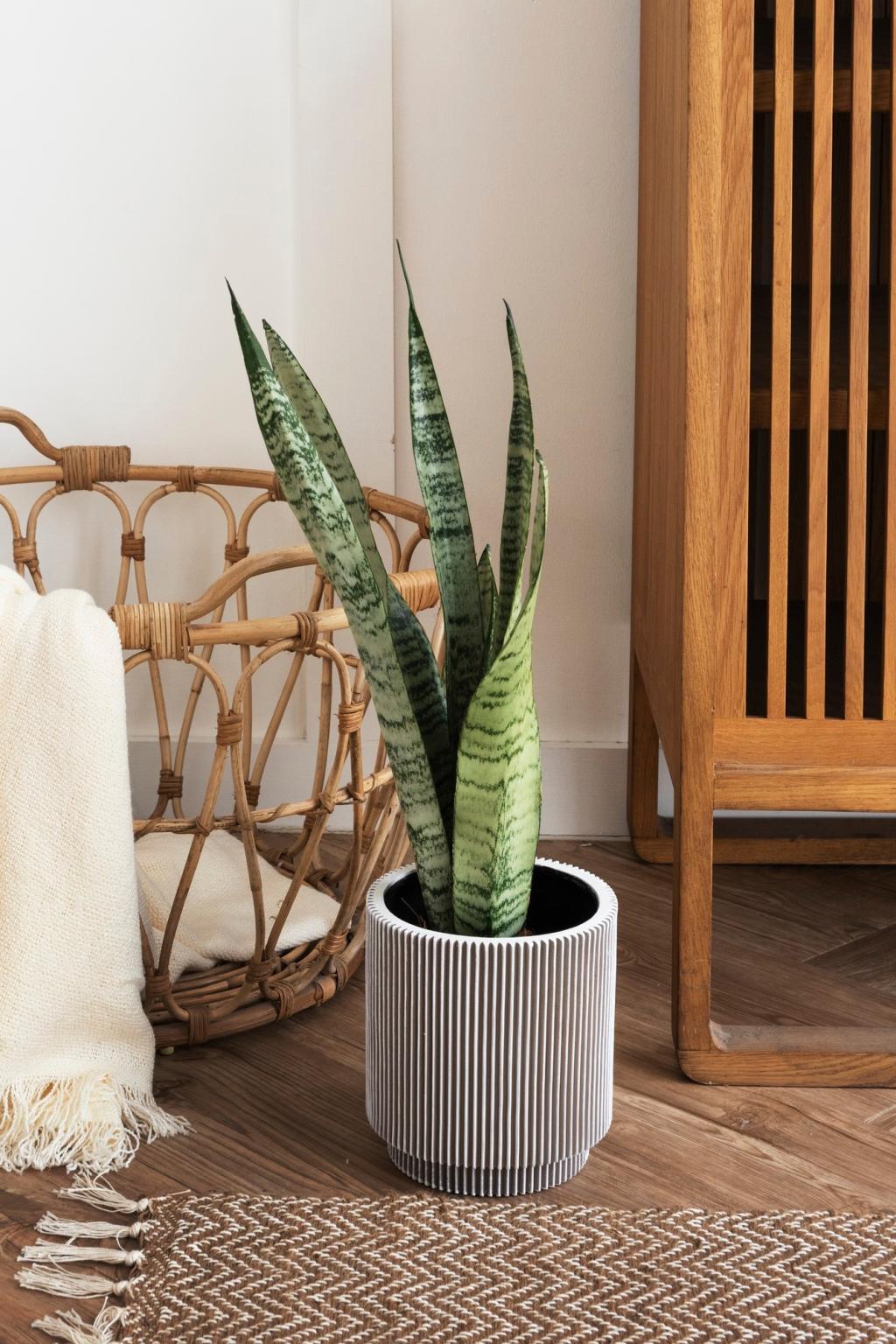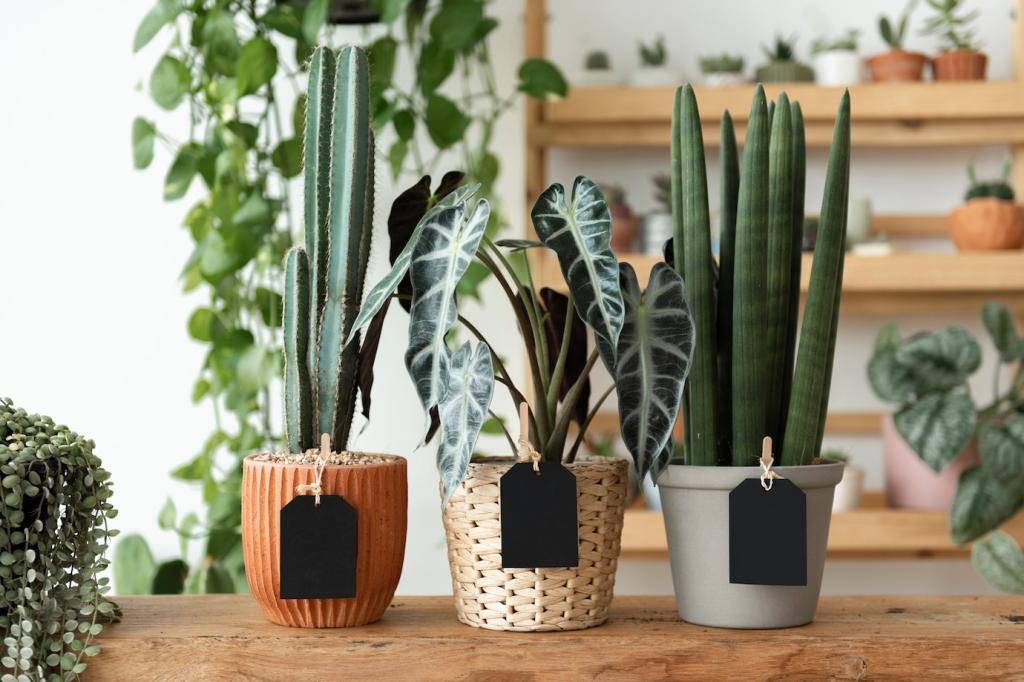Selecting the Right Low-VOC Paint for Each Room
Choose water‑based, low‑VOC paints with moisture resistance for kitchens and baths. A mildew‑resistant, washable sheen like satin or semi‑gloss fares well against splashes. Combine with a low‑VOC primer and a dehumidifier during curing to help surfaces set faster and resist condensation‑related issues.
Selecting the Right Low-VOC Paint for Each Room
Prioritize the lowest possible emissions and soft sheens in resting spaces. Many families paint two weeks before move‑in to allow extended off‑gassing. One reader, Maya, reported that using a mineral paint with low odor helped her baby settle faster after repainting, noting noticeably fresher morning air.
Selecting the Right Low-VOC Paint for Each Room
Hallways and living rooms benefit from scrubbable, low‑VOC acrylics that balance durability and breathability. Check scrub ratings and stain resistance data sheets before buying. If you entertain often, a washable matte can hide minor wall texture while allowing easy cleanup—perfect for homes with pets and kids.
Selecting the Right Low-VOC Paint for Each Room
Lorem ipsum dolor sit amet, consectetur adipiscing elit. Ut elit tellus, luctus nec ullamcorper mattis, pulvinar dapibus leo.







